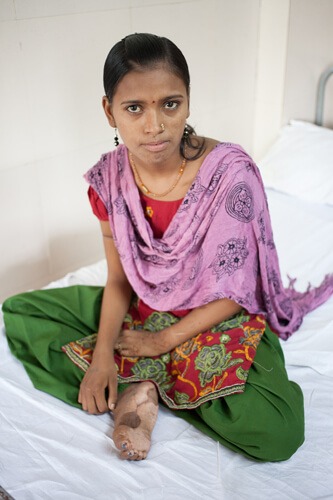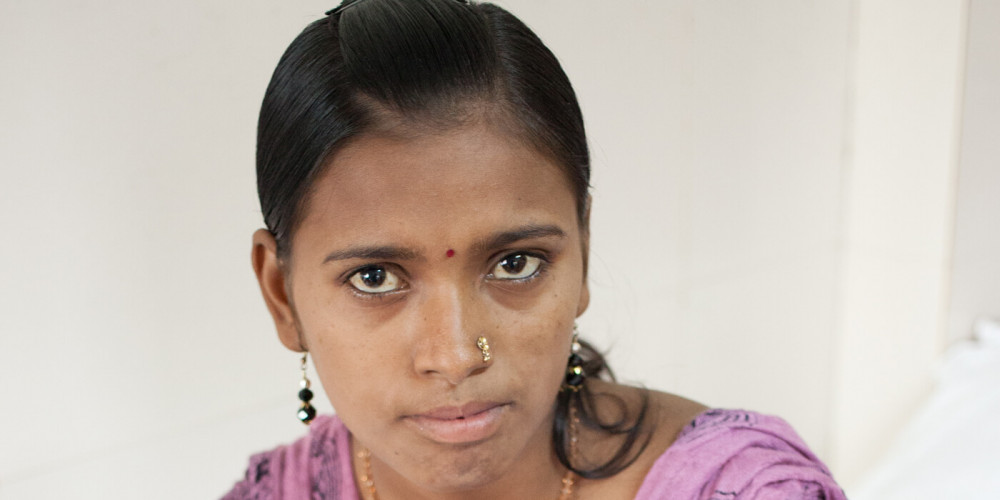KIT Blog
No Back To School for Kamali – yet…
Kamali is a young woman in India. At 15, she couldn’t finish her schooling because she had leprosy.
At that time she had an ulcer on her leg which meant that she had difficulty walking so she couldn’t get to school. Her classmates and others in the community also began to either hit her or ignore her. She told us that none of her former friends would talk to her or sit with her.
She became afraid of leaving the house.

Her parents brought her to The Leprosy Mission hospital for treatment. There she had medical procedures to treat ulcers including flap surgery and skin grafts for ulcers, and since then, further surgery for foot drop.
When we asked her how she thought she might support herself in the future she said she didn’t know. She was also uncertain about the possibility of marriage.
She said that when she had had her operation she would like to go home and resume her studies. Then she could think about how to earn a living.
For I will restore you to health and I will heal you of your wounds,’ declares the Lord, ‘because they have called you an outcast, saying: “No one cares for her.” – Jeremiah 30:17
Please pray for Kamali’s surgery and full recovery. Please pray she may find a way forward to further her studies and be restored to her community.
If you feel moved to provide monthly educational support to young people affected by leprosy, call Georgie or Lisa on 1800 537 767.
What are skin grafts?
A skin graft is a procedure where healthy skin is taken from one area of the body (the donor site) and transplanted to a non-healed wound or area of skin loss (the recipient site). The areas of the body most commonly used for donor sites are the leg, inner thigh, upper arm, forearm and buttocks.
What are skin flaps?
A skin flap is similar to a graft in that tissue is transplanted. The essential difference is that a flap has its own blood supply. With a flap, larger amounts of tissue can be used, including muscle if required. The surgical technique to harvest and to move this tissue is complex. The surgeon has to harvest not just the block of tissue to be moved, but also the blood vessels (arteries and veins) that feed the tissue block. Compared to a graft, a flap requires more planning and more surgical skill.
Why is it done?
Skin grafts and flaps can be used to treat a number of different conditions. The most common are:
- Extensive trauma
- Chronic wounds
- Severe burns
- Areas of prior infection
- Reconstructive surgery following major surgery for cancer
Info sourced from:
https://www.hcf.com.au/preparing-for-hospital/skin-grafts-and-flaps













